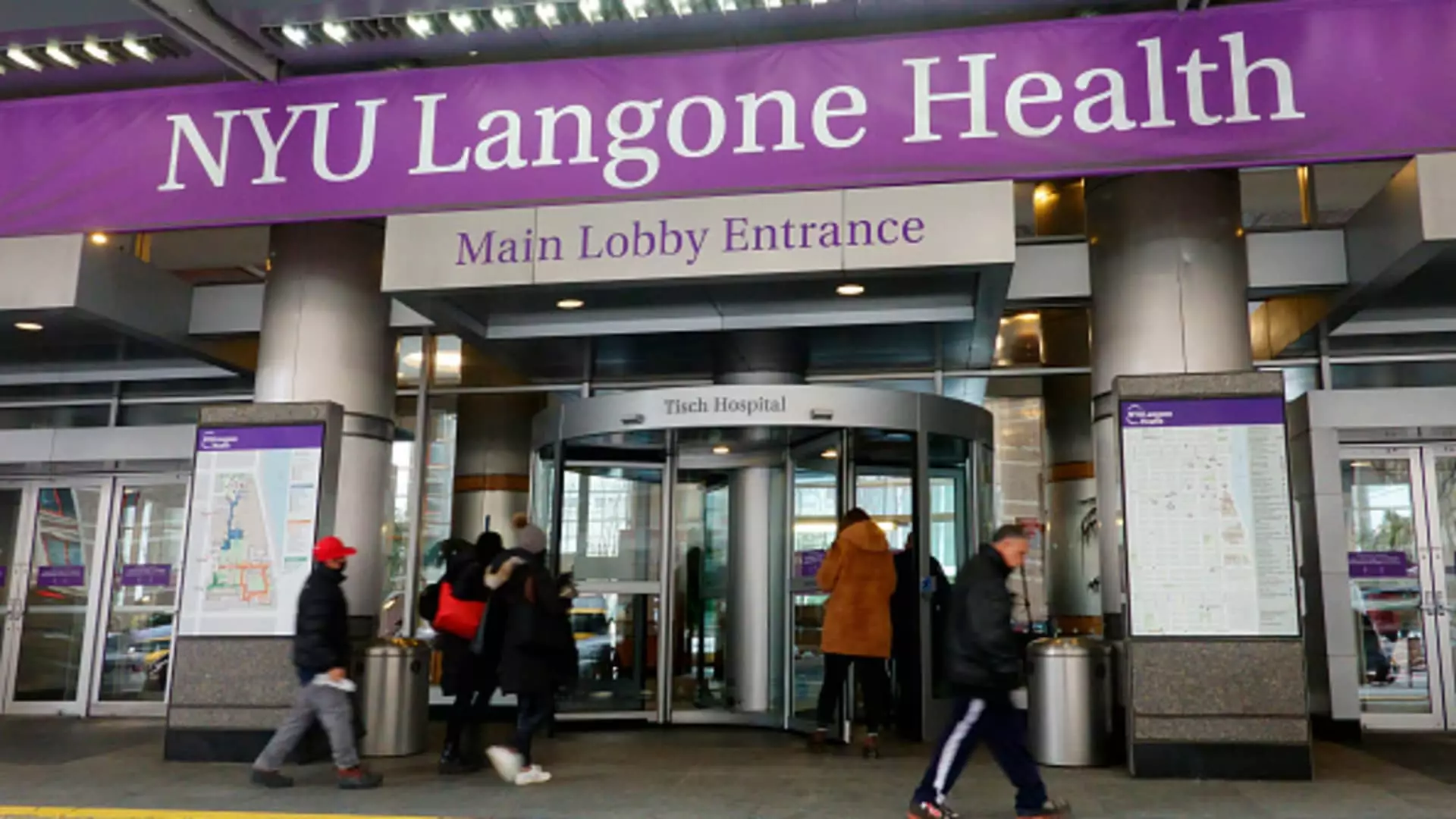Since its groundbreaking initiative in 2018, New York University’s Grossman School of Medicine has positioned itself at the forefront of a movement that has far-reaching implications: the institution of full-tuition scholarships for all students, irrespective of their financial status. At first glance, this appears to be a monumental step toward democratizing medical education. However, the statistics tell a different story—by 2019, the percentage of incoming students deemed “financially disadvantaged” plummeted from 12% to a mere 3%. This raises pressing concerns about the equity that such policies claim to uphold. It’s evident, then, that sometimes good intentions can yield problematic results.
Consider the expert opinions on these developments. Jamie Beaton, CEO of Crimson Education, suggests that while the intent behind tuition-free initiatives is to level the playing field, they inadvertently exacerbate existing disparities. Increased applications mean heightened competition, which favors those from wealthier backgrounds who can afford supplementary resources like tutoring and extracurriculars. This creates a paradoxical situation where tuition-free education becomes a gatekeeper rather than an equalizer. Many such programs promise accessibility, yet they often attract a different demographic than initially intended.
Idealism vs. Reality: The Disillusionment of Aspirations
Arielle Sklar, representing NYU Grossman, insists that these tuition-free options allow students to pursue their medical careers unburdened by debt—an appealing narrative, indeed. But what they fail to acknowledge is the increasingly diminishing representation of lower-income students who could benefit the most. While prestigious institutions roll out generous financial aid packages and full-tuition models (as has been seen with schools like Harvard and MIT), the reality remains sobering: lower-income students often find themselves at a disadvantage in this increasingly competitive landscape.
The issue is not merely one of funding; it’s about who ends up sitting in those coveted seats. Christopher Rim, CEO of Command Education, posits that financial aid revisions, masquerading as inclusive reforms, are likely to favor middle-class and wealthy families over those genuinely in need. The result? A student body less representative of America’s socioeconomic diversity and aspirations.
Cost Structures and Financial Burdens: Are We Truly Addressing the Problem?
The alarming reality of soaring college costs cannot be overstated. Over the past four decades, college tuition rates have rocketed—outpacing inflation and other household expenses at every turn. Data from J.P. Morgan Asset Management underscores this disturbing trend: the average cost of attending a private college can reach exorbitant heights, now averaging nearly $58,600 for the 2024-25 school year. This staggering figure does not even account for additional living expenses, often leaving families scrambling to shoulder these financial burdens.
While “no-loan” and tuition-free policies appear progressive, they are not a panacea. Robert Franek, editor-in-chief of The Princeton Review, calls attention to a striking reality: over 95% of U.S. colleges primarily depend on tuition for funding. Most institutions simply lack the financial capability to implement such expansive tuition-free initiatives. Thus, while some elite schools can flaunt their policies, the broader educational landscape remains reassuringly inequitable.
Market Forces and the “Arms Race” of Affordability
Interestingly, as universities engage in an “affordability arms race,” the very meaning of access is evolving—sometimes not for the better. Hafeez Lakhani, founder of Lakhani Coaching, argues that schools are attempting to attract students from all economic backgrounds by redefining their financial aid offerings. However, the cyclical nature of this competition often results in policies that merely disguise deeper systemic flaws. Increased competition does not bring genuine solutions; rather, it masks the very inequities these initiatives aim to dismantle.
Moreover, the enthusiasm for touting alleviated costs often distracts from the fact that colleges still require diverse funding sources, including higher-income students who tend to donate generously. Eric Greenberg from the Greenberg Educational Group warns that for lower-income applicants, the influx of applications can lead to a dilution of opportunities—a trend that seems counterintuitive to the intent behind tuition-free policies.
Rethinking Access: A Call for Genuinely Inclusive Practices
There remains a crucial distinction that advocates for equitable education must recognize: merely offering financial incentives is insufficient if it does not reflect the true diversity of society. While current policies might appear well-intentioned, they can too easily become a façade masking deeper inequities. Institutions must strive not only to present themselves as affordable options but to envision profound systemic changes that prioritize underrepresented students genuinely.
Despite the challenges, it’s essential that we continue to examine and critique these affordability initiatives with a keen eye, ensuring that the lofty ideals of accessibility do not become veneers hiding systemic inequities.

